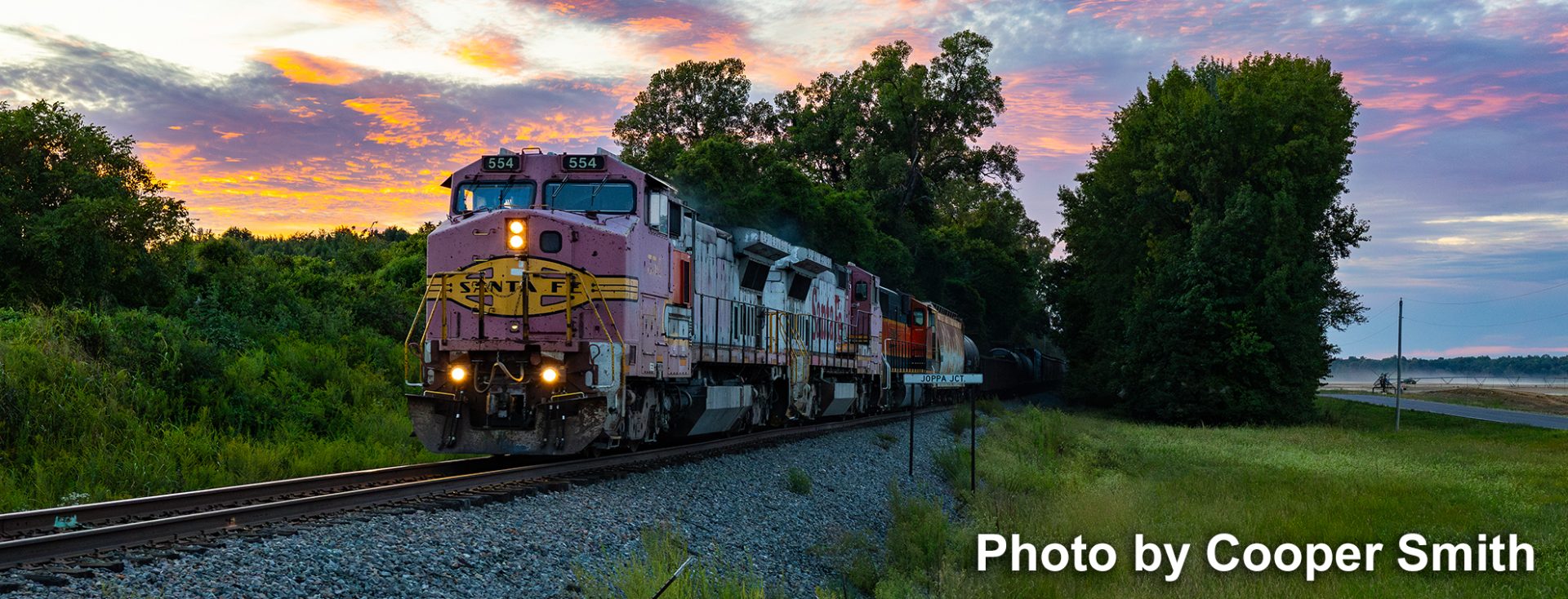
In wandering around the Antonito yard before departure, I was taken by this sampling of dual gauge track. This picture clearly shows three rails leading to a string of boxcars in the distance. The cars are narrow gauge.
In the heyday of the Denver & Rio Grande Western Railroad there were several stretches of dual gauge. Why dual gauge? The D&RGW served all of Colorado from West of the I-25 corridor and on to Salt Lake City. The severity of the mountain grades and curves in the Southwest quarter of the state made narrow gauge construction a necessity.
So, from Denver, Pueblo and Walsenburg west, to many points there was dual gauge track. In the LaVeta Pass area narrow gauge track was laid. Years later standard gauge was built on a nearby alignment. This allowed standard gauge ladings to move directly to distribution centers at the base of the mountains in places such as Antonito, Leadville, Montrose, and Salida. This also let the narrow-gauge cars to haul minerals, coal, limestone and other products directly to markets.
Standard gauge to this day reaches Antonito, however, there is no exchange of traffic. The narrow gauge Cumbres & Toltec Scenic is strictly for the tourists. And what a ride it was. Gary O. Ostlund
